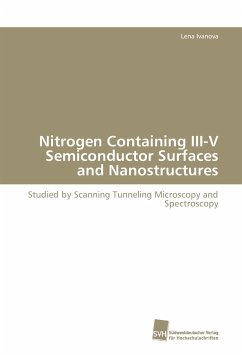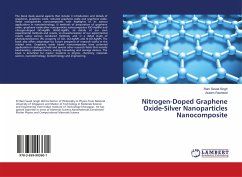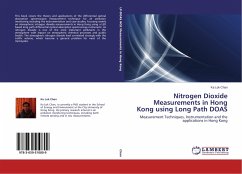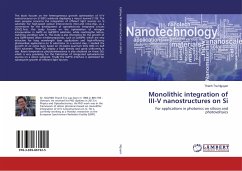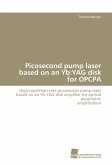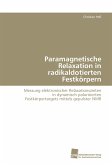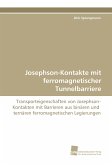Different nitrogen containing III-V semiconductor surfaces and nanostructures are studied using scanning tunneling microscopy and spectroscopy. In diluted GaAsN layers single nitrogen atoms can be identified. The measured density of states shows that nitrogen impurities lead to a splitting of the GaAs conduction band. The incorporation of nitrogen with a nominal concentration of 9% into InAs/GaAs QDs leads to a strong dissolution and the formation of extended spherical nitrogen-free InGaAs QDs with a low indium content. Furthermore, for the GaN(1-100) cleavage surface of epitaxially grown GaN substrates it is found that both the nitrogen and gallium derived intrinsic dangling bond surface states are outside of the fundamental bulk band gap. The observed Fermi level pinning at 1.0 eV below the conduction band edge is attributed to the high step density, but not to intrinsic surface states. In GaN wafers dislocations are found to form localized bunches of entangled nonparallel dislocation lines. The charge and the Burgers vector of these dislocations are identified. Finally, an epitaxially grown silicon doping modulation structure is imaged.
